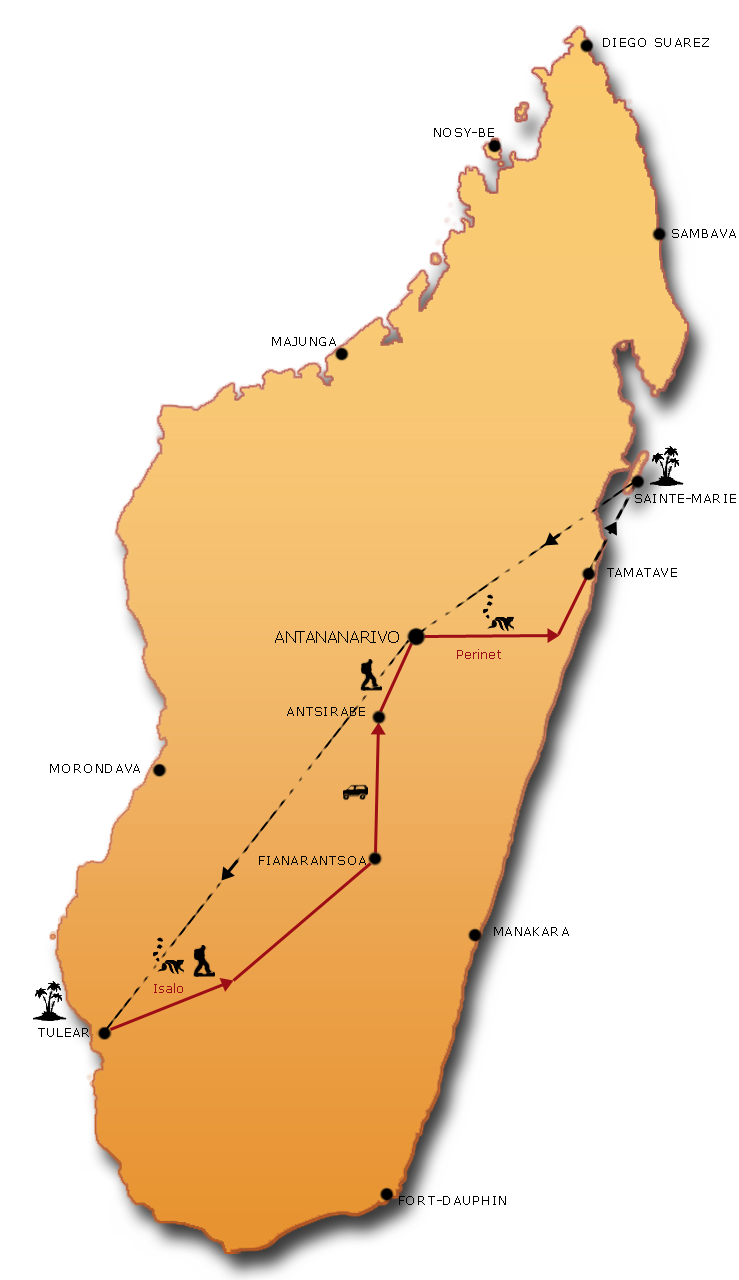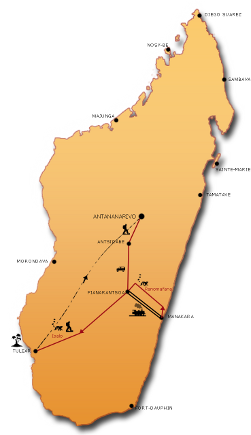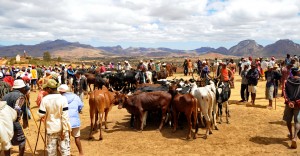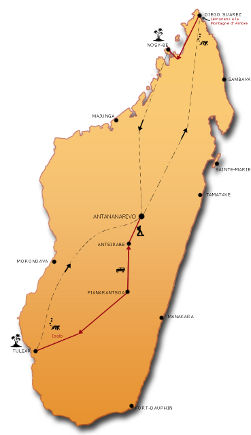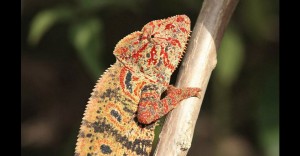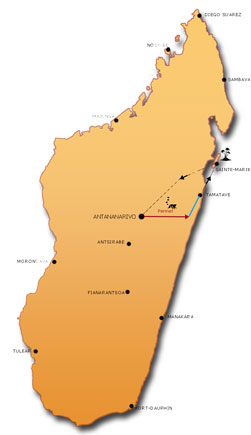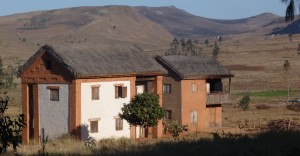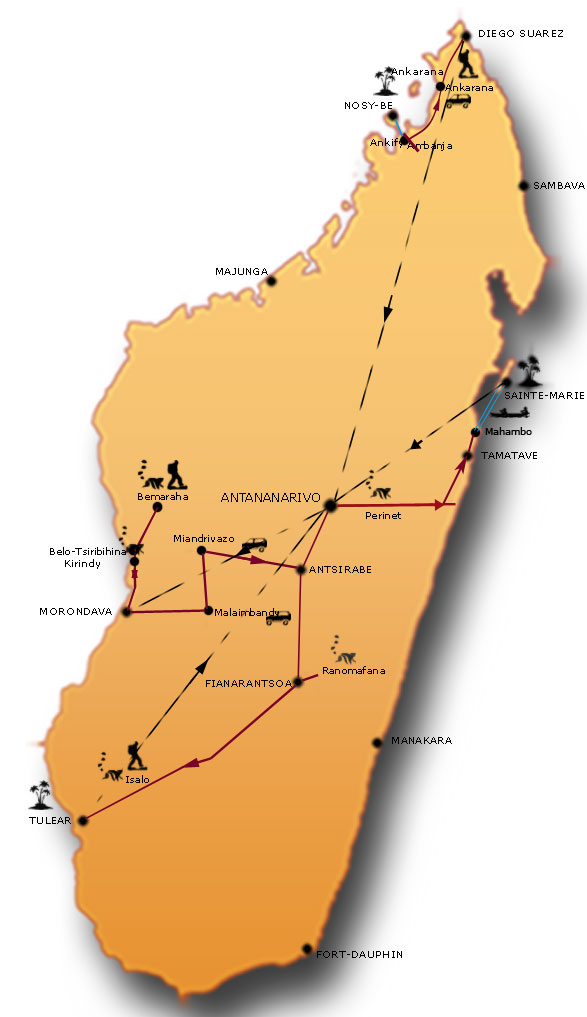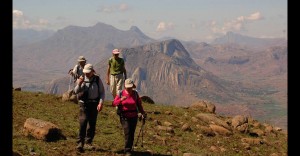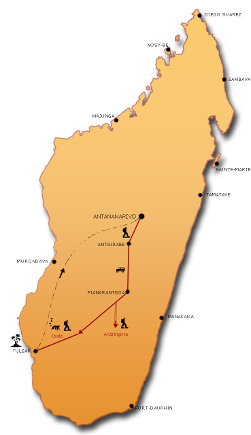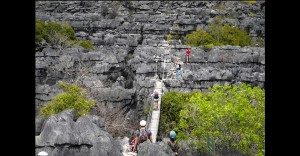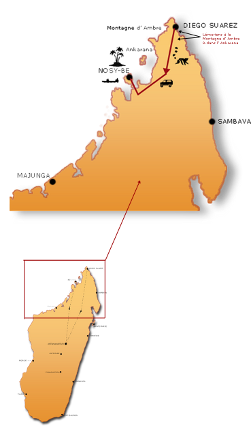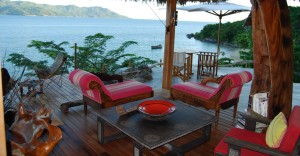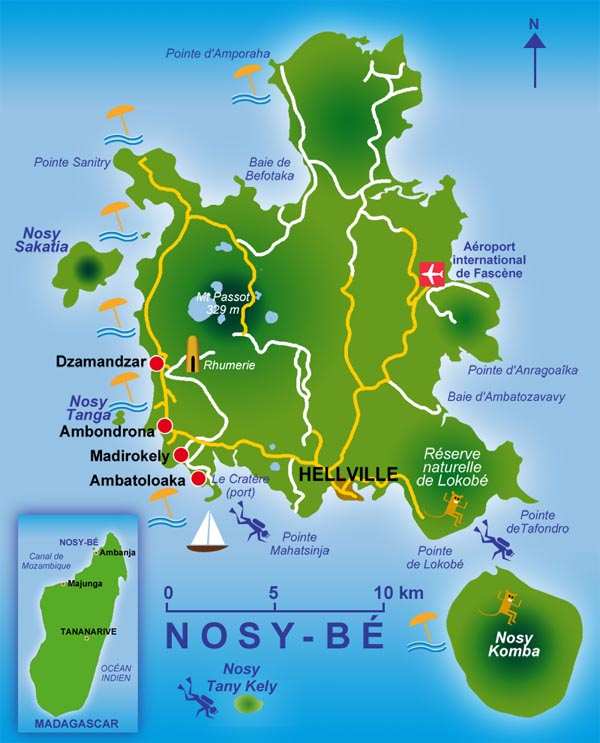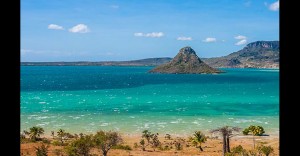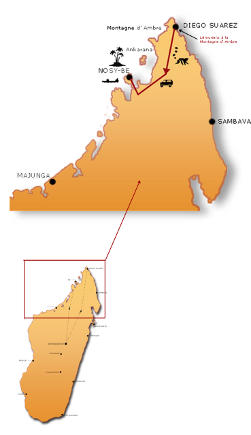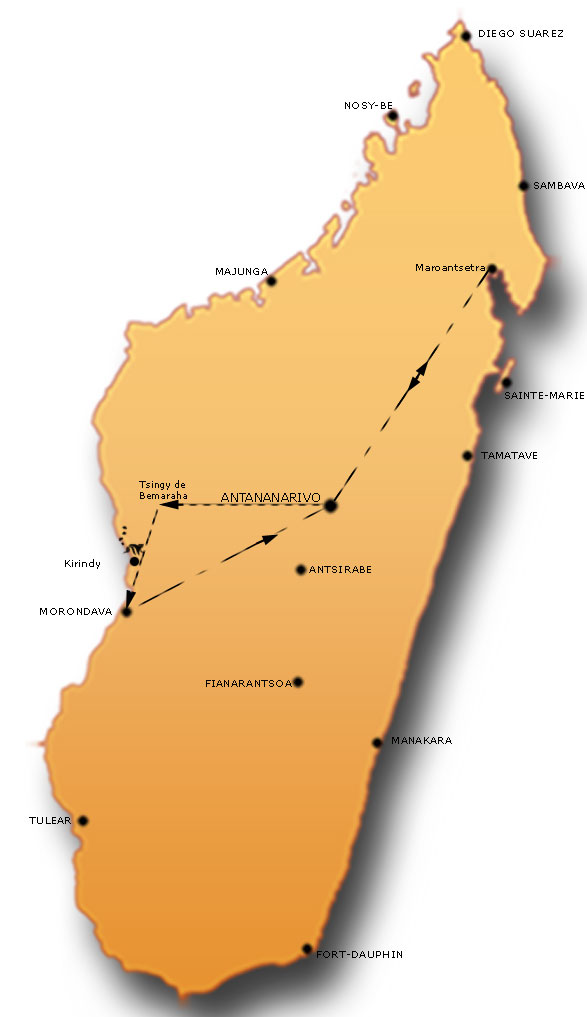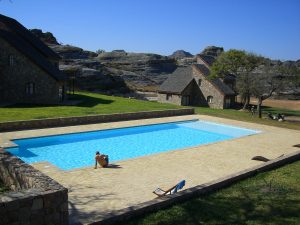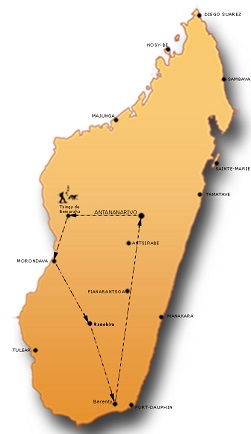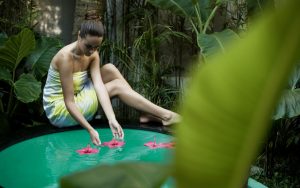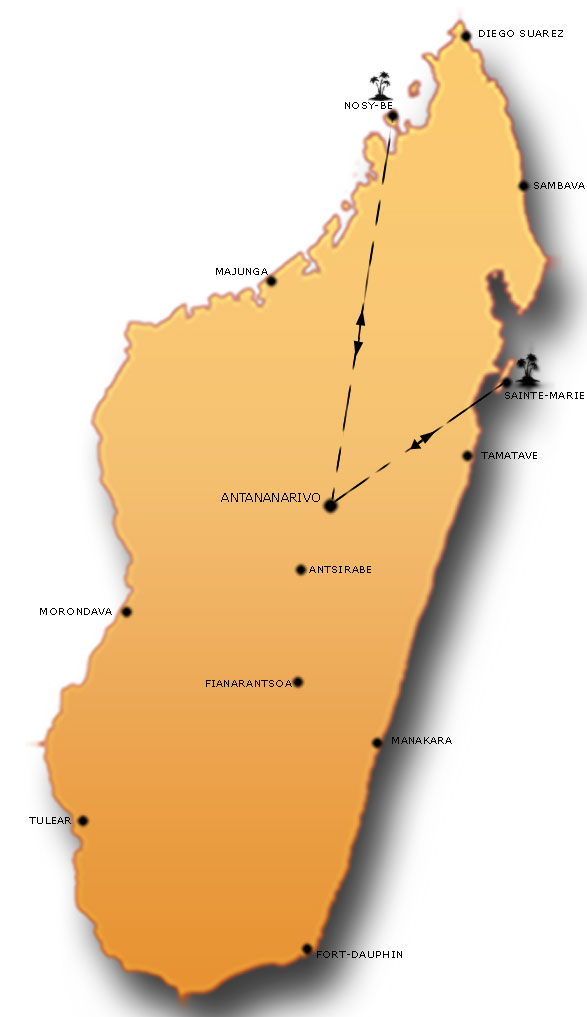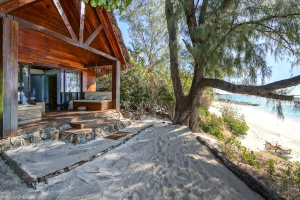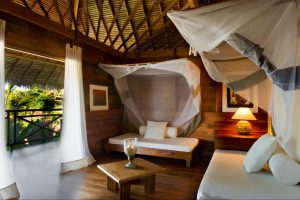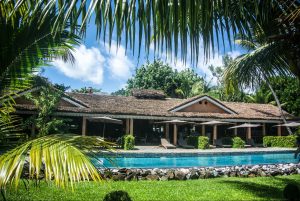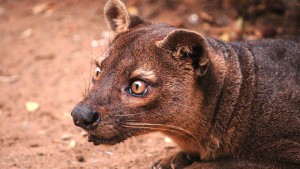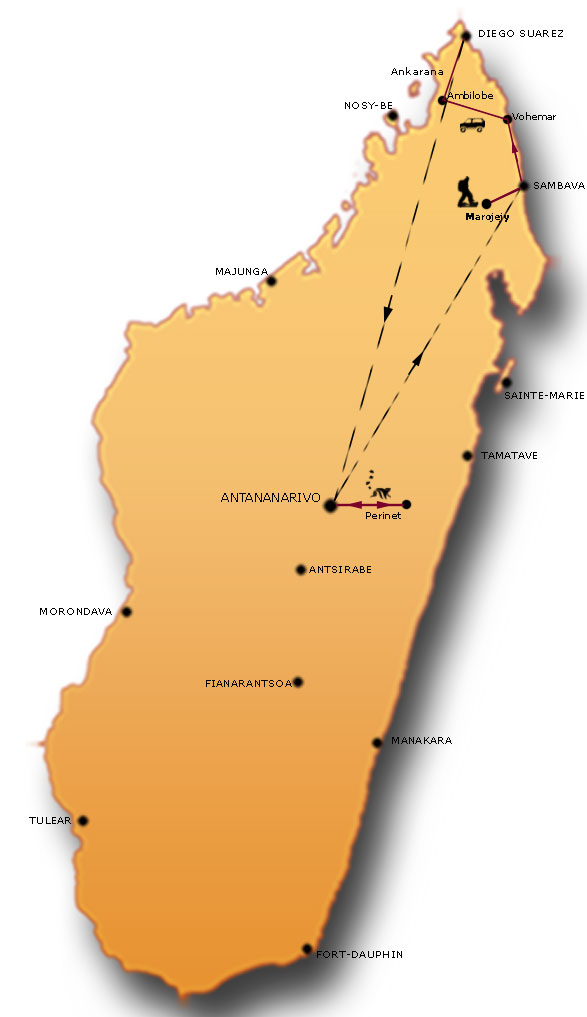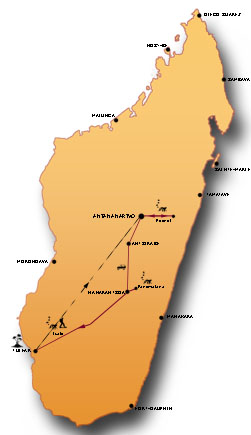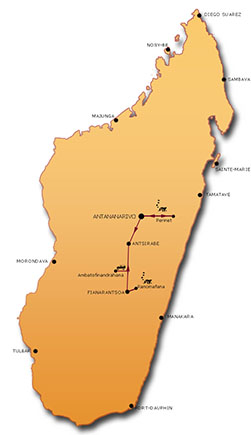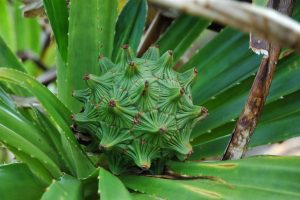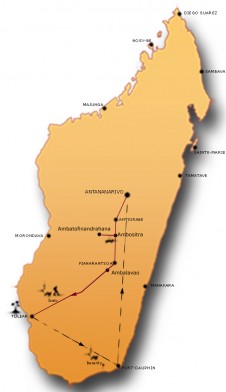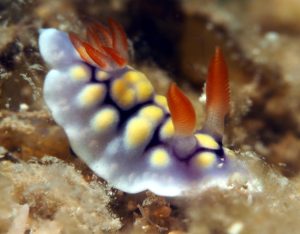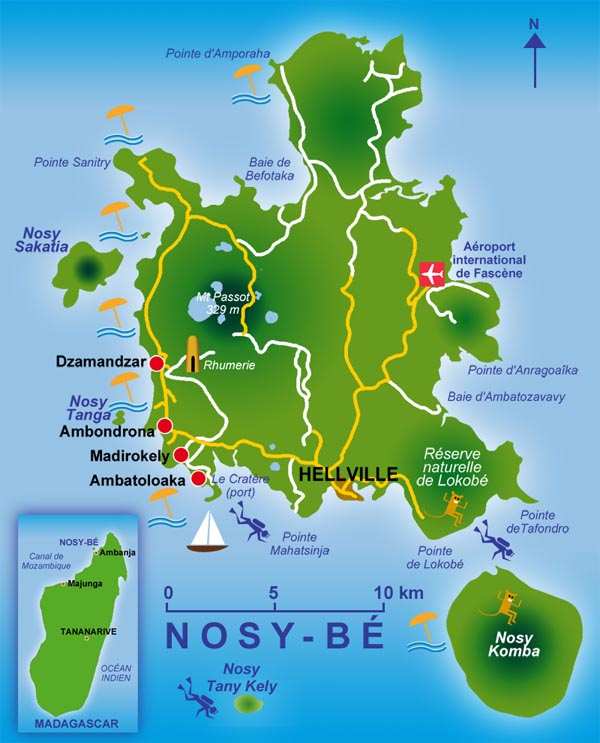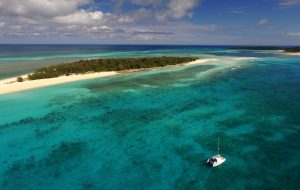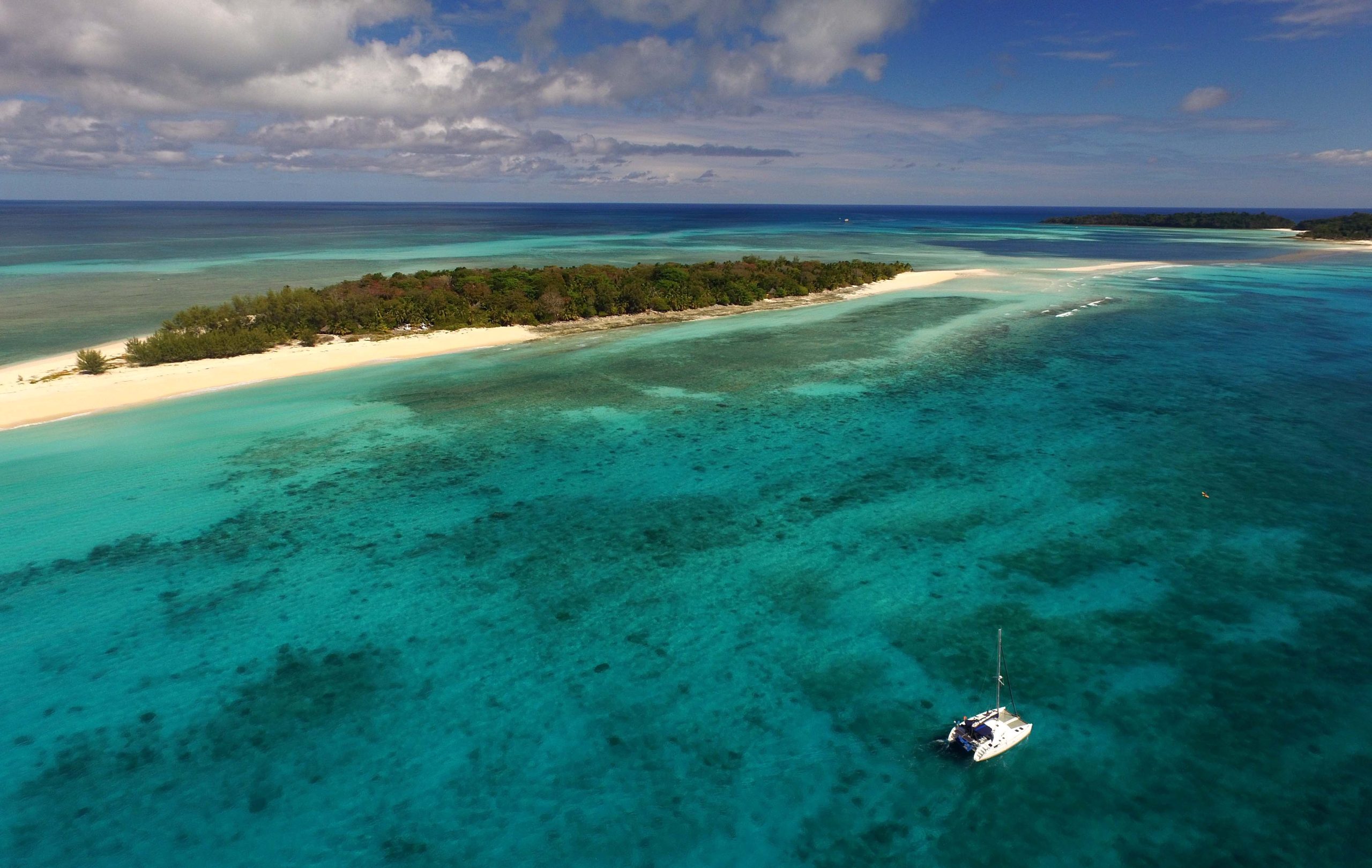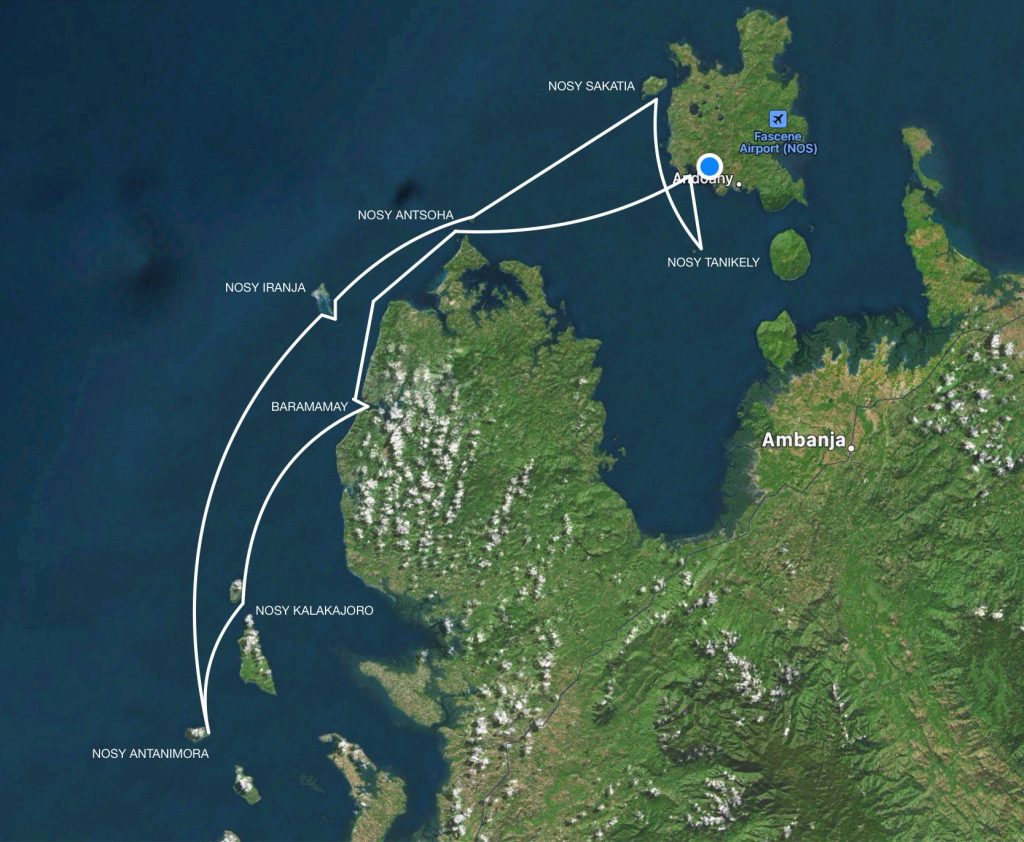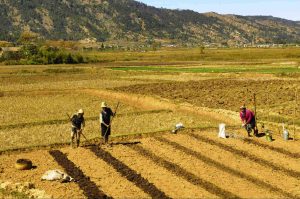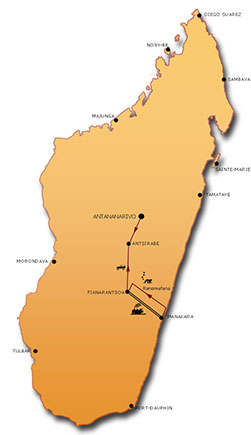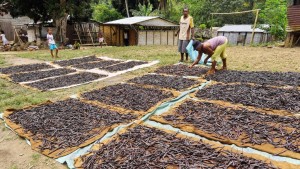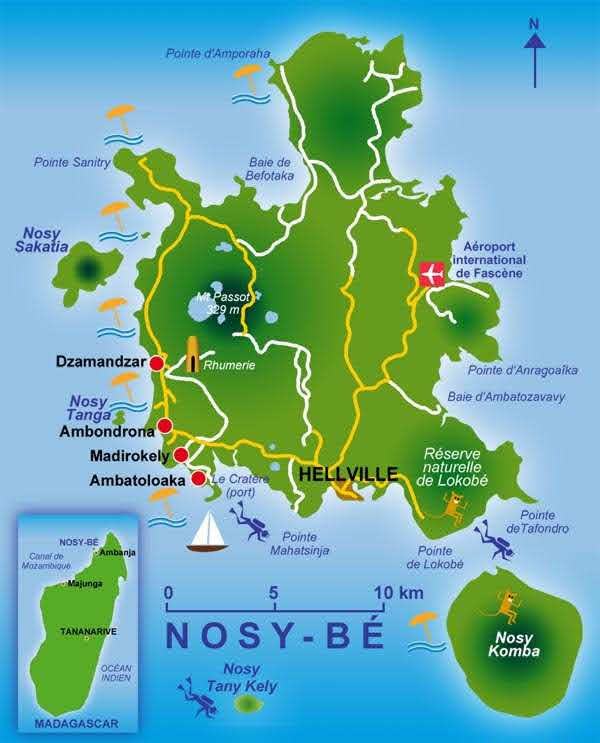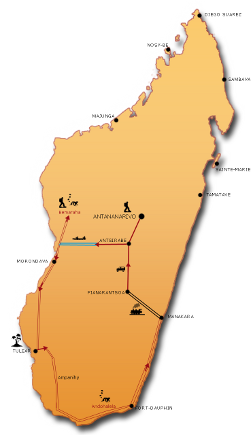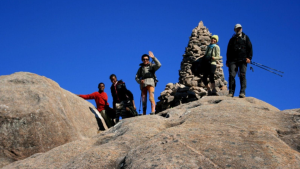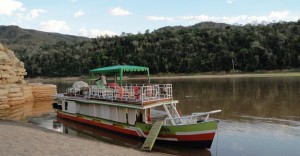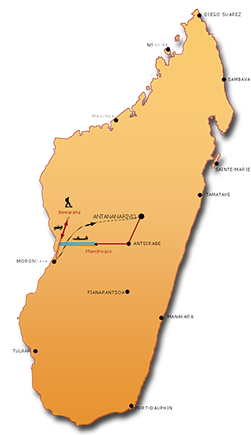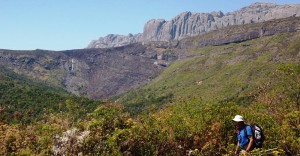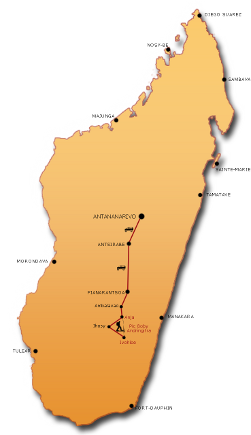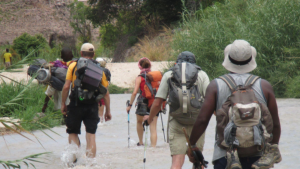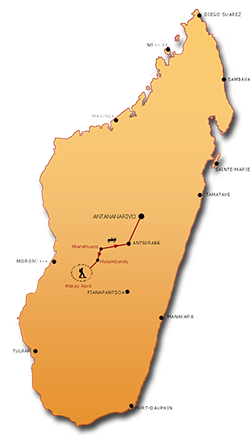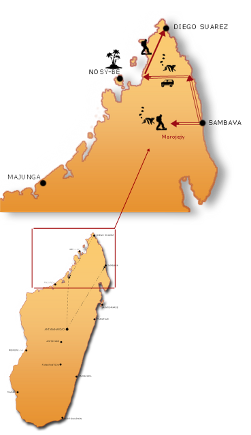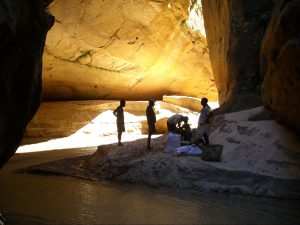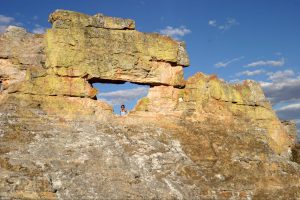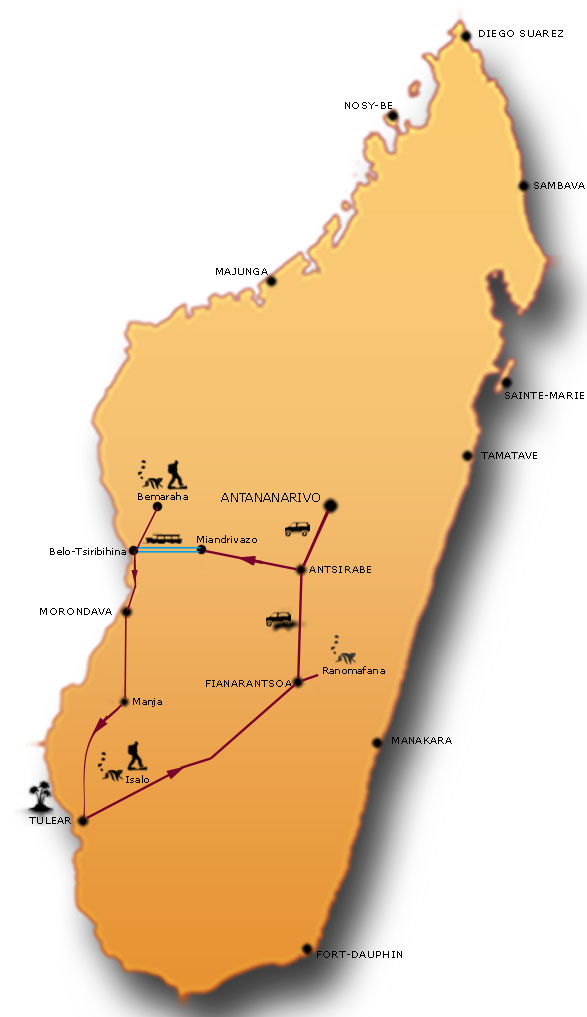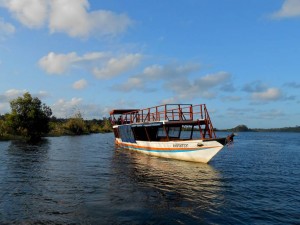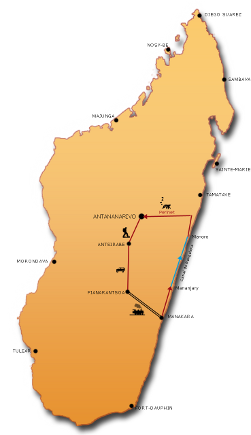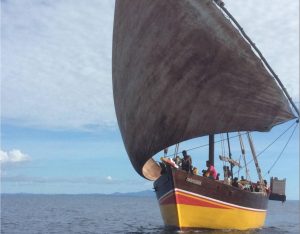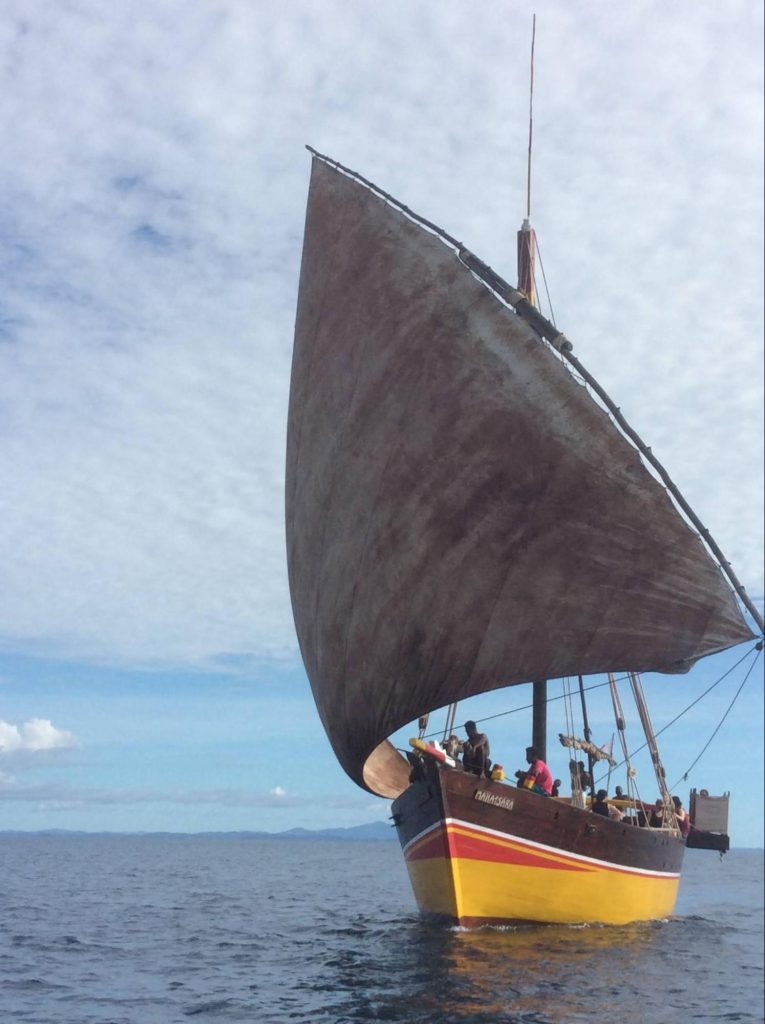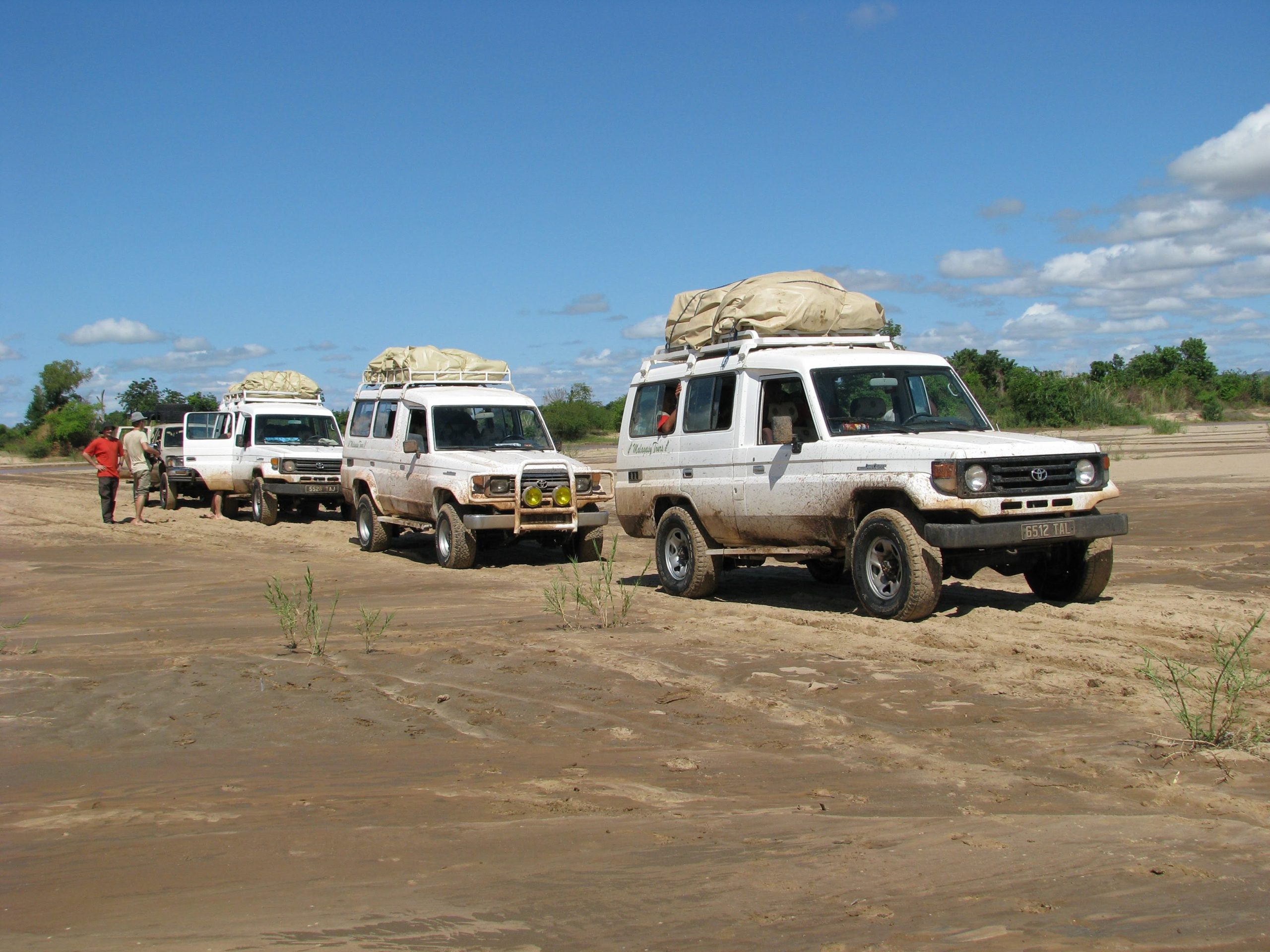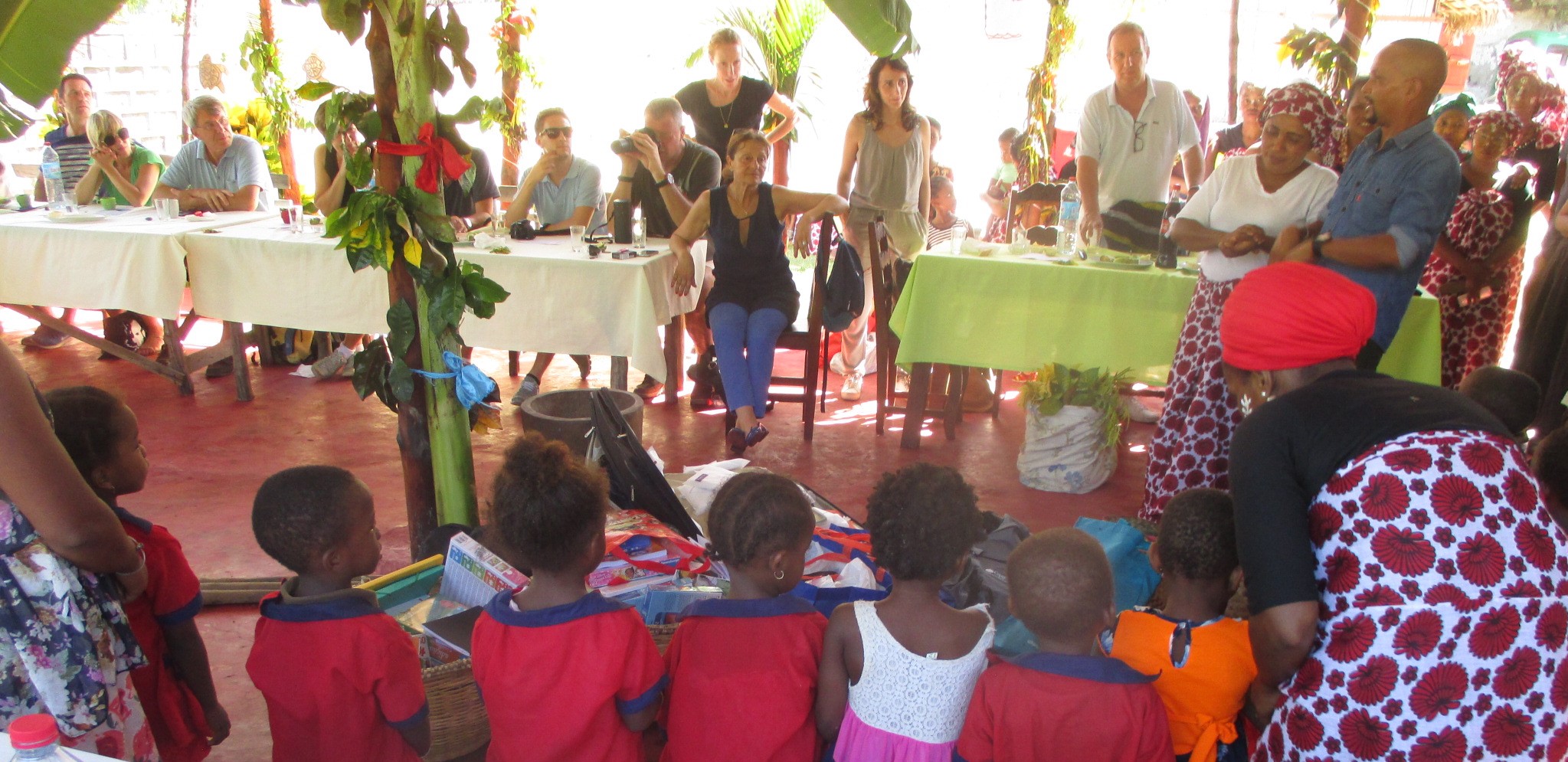
Existing since the 16th century, is part of Ringa Malagasy traditional sport practiced in the south, it is a struggle as is practiced mainly in the customary celebrations (circumcision exhumation…) or during the days of the zebu market .
This is the time when young men trying to prove their manhood against the girls, and in other words to show their capacity to take responsibility. Seduce and convince is the purpose of this traditional sport but also vent frustration and aggression in the system of ” joking relationship ” ( ziva ), where different clans that make up the village community agreed to a pact of non -aggression . The game puts two fighters, «fagnorolahy ” or ” kidabolahy «face to face, naked torsos.
This is a hand to hand combat; the aim of the game is to throw his opponent to the ground without giving him shots, but with a short series of grips of which the secret is passed down from father to son. Less brutal than boxing, it’s a sport that requires cunning, agility, speed and flexibility, another way to educate young people. Finally, it is also a way of defending themselves against thieves of zebu or to grab the zebu from other which is the symbol of power and wealth. This wrestling practice then spread to the islands of the Indian Ocean, but in different forms.
In western and northern Madagascar, Sakalava country, the variant of Ringa is Moraingy, and fights take place on a regular basis. They highlight the Malagasy values such as the notion of Fihavanana , that is to say, affection, kinship and solidarity, always with the aim of removing the negative impulses . The attacks are short-lived. It is more questions of courage and respect for the adversary, than violence.
Currently, the rules are simple: all shots are allowed except those worn in the eyes, throat and under the belt. Finally not only Moraingy serves as education to learn discipline, but also forge the character to face the challenges of life.
The Diamanga, traditional sport of the highlands. In Imerina there was a specific style called “Diamanga” or “daka” meaning kick. During the royal era, the “Diamanga” was played in a place called “Lembalemba ” (an arena ) and was based on the observation of various animal movements that , to defend themselves, rushed giving kicks, particularly those of zebu.
Requiring great vigilance and agility facing the adversary, the educational value of Diamanga lies in its ability to transmit to the fighter a control of the inner strength and the ability to react quickly. “Ny hery tsy mahaleo ny fanahy» said King Andrianampoinimerina (The force can overcome the spirit).





